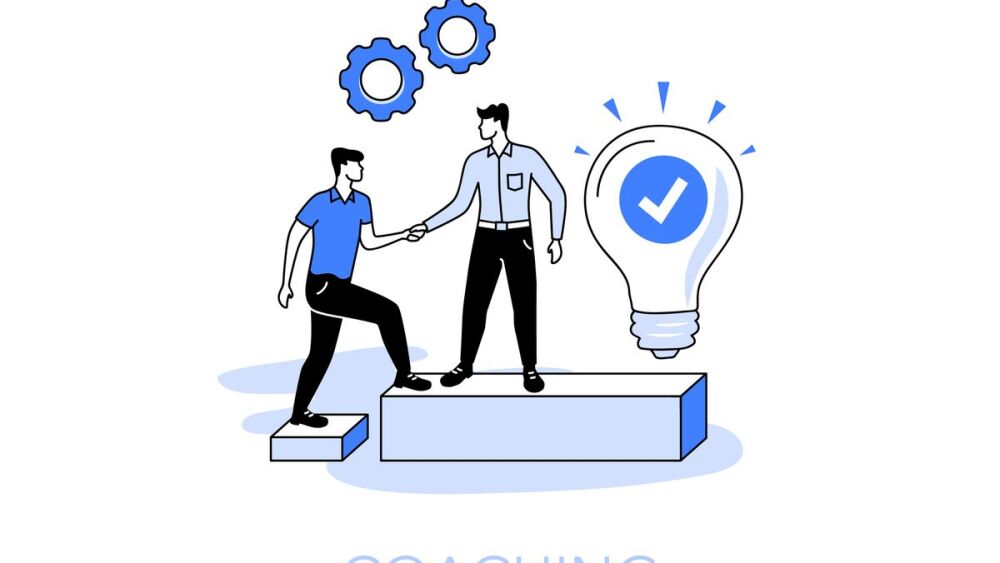Please consider joining me on my journey to get rid of one of the most antiquated processes in organizations. This process serves no real purpose, it is totally subjective and it inhibits employee engagement: the progressive discipline process. Progressive discipline is inflexible, creates biases and can be seen as discriminatory.
Progressive discipline exists in most organizations and is used to address behavior and job performance challenges. I’ve written my share of corrective actions, and to be honest, in my younger days, accumulated enough of my own to wallpaper a walk-in closet. Whether receiving or delivering corrective action, it often comes across as a type of punishment.
We are the leaders of the organization, and we have a responsibility to get the job done. We are not babysitters or parents who punish. Instead, we need to change this old-fashioned process and cultivate a culture of coaching our workforce.
WHY COACHING?
Coaching is all about developing the knowledge, skills and abilities of our workforce. Follow me here: when an employee comes to our organization, they have some knowledge, skills and abilities. If we don’t grow this expertise, we are getting from them what they have already given a past employer. In short, we don’t hire for what happened in the past, we hire for what that employee will do for us in the future. If we are not growing members of the workforce, we are not growing the organization. When we coach, teach and help the employee reach their potential, this is what boosts performance, creates loyalty and engages that member.
As a leader, my job is to inspire and motivate the workforce the best I can. Leadership is both an art and a science. You must know and understand the science before we can paint the portrait of organizational success. When we use a progressive discipline process, it is subjective, demotivating and disengaging. However, when we spend time and sit down with the employee and outline challenges, and then ask the member to develop a plan for how they will ensure they meet and exceed standards, they oversee making the change in behavior and performance.
What we are doing with a written warning is saying, “you messed up; don’t do that again.” With coaching, we are working together to make the challenge a strength. What is great about this process, is it shows you care, as you work together on this weakness, and the employee is giving their word on how and when this issue will be resolved.
THE PROS OF COACHING
There are some essential best practices to coaching. This is where leaders need to augment their skills and develop a whole new way of looking at performance issues and behavior, including:
- Developing trust and keeping confidentiality. For coaching to be successful, what happens behind closed doors needs to stay behind closed doors. I was always amazed that when I was the recipient of corrective action, my peers always seemed to know it had happened.
- The solution comes from the employee. In the coaching process, we lay out the challenges and discuss the impact to the mission, and then lead the employee to find the solution, a process to implement the solution and the timeframe to complete the solution. We may need to add some consequences for not meeting the plan. Consequences could include retraining, demotion or separation from service, but the employee holds the key to success.
- It’s not about judgment. Name one thing you ever did perfectly in your first attempt. Sometimes, people make mistakes, and they need to learn from those mistakes. Just because we would have done something a different way, or handled a situation differently, does not mean everyone has the knowledge or experience to make the same decisions. Mistakes are where experience comes from; experience is where wisdom comes from.
- Coach the employee, not the behavior. One of the biggest mistakes in coaching is coaching the behavior, or the performance. One of the best secrets in this model is to coach the whole person. Talk to them, ask them what they were thinking, and walk in their shoes to explain what happened and why. There may be a deeper issue that needs to be addressed.
- Treat employees as peers. Everyone in the organization is working toward the same vision. There is no one job in an organization that is more important than the other. As leaders, we need every member of every team to be successful. We cannot get rid of the workforce and win, we cannot get rid of the dispatch center and win, we cannot get rid of fleet and win. Everyone is equal and just as important to the mission. When communicating during a coaching session, treat employees as peers, adults, professionals; it is just the right thing to do. The days of command and control, and leading from a position of authority are over.
Verbal, written, final written or termination: nothing good comes from progressive discipline. It causes negative engagement, bad feelings and resentment. Now there may be those out there saying, sometimes, we need to get rid of bad employees. My job is to help my team be successful. If after two coaching sessions, the performance or behavior does not improve, then my job is to help that employee be successful somewhere else. Coaching develops relationships. You can teach, help employees become self-aware and grow employees to the next level – the best win-win.













